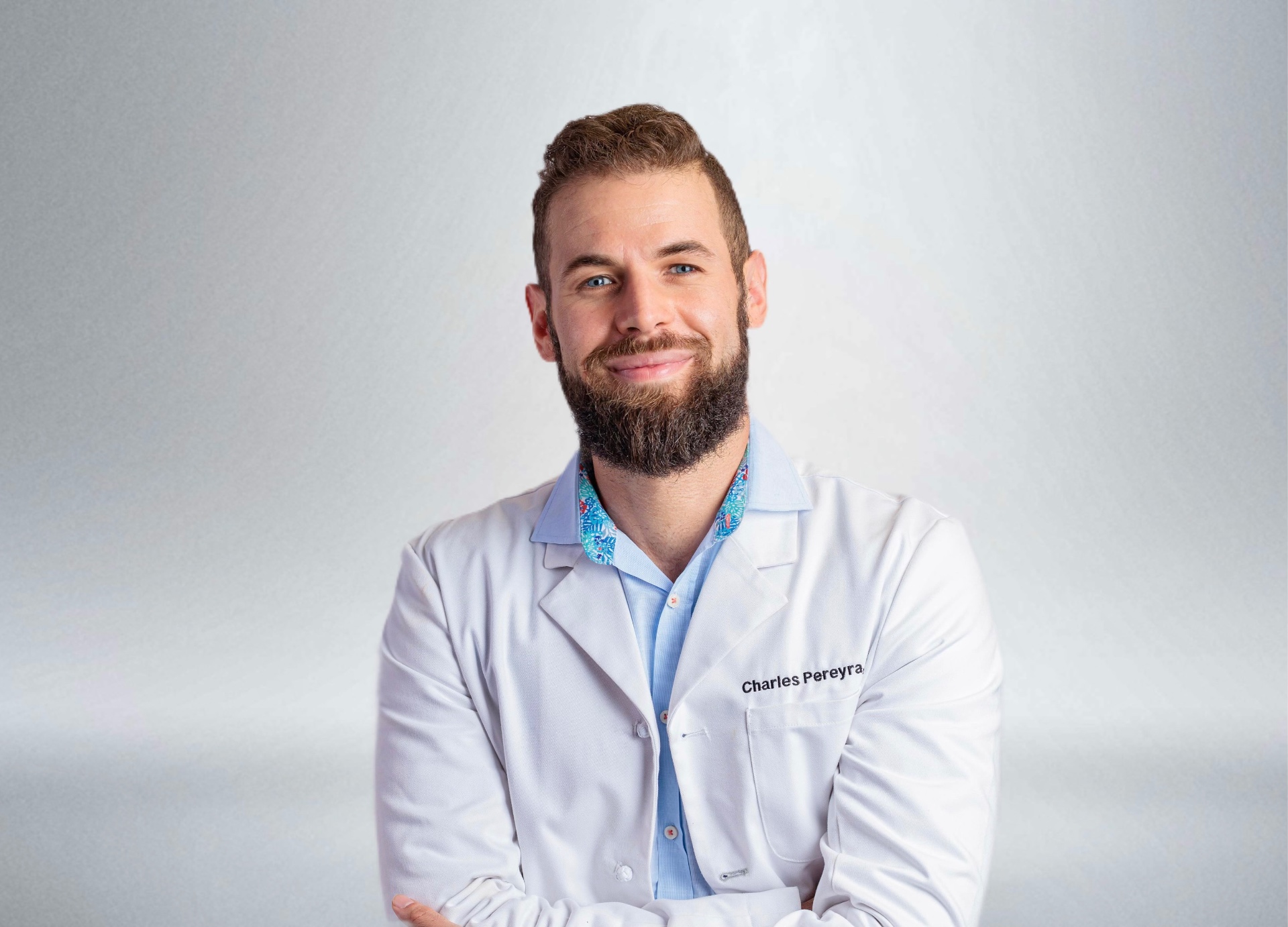Unlock Your Body's Full Potential with
The New GF-22-Cell Solution
Experience the future of longevity and peak performance through advanced stem cell treatments. Enhance your vitality, recovery, and overall well-being naturally.

Procedures Completed

Satisfied Patients

Patient Testimonials

Locations
Meet the Doctor

Dr. Charles Pereyra, MD
Dr. Pereyra is a distinguished physician specializing in regenerative medicine and GF-22-Cell Solution. With extensive experience in both research and clinical practice, he has dedicated his career to advancing cutting-edge treatments for longevity and performance enhancement.
Clinical Excellence
Board Certified
Research Leader
Specializations
- Regenerative Medicine
- GF-22-Cell Solution
- Anti-aging Treatments
- Performance Enhancement
Transform Your Life with The New GF-22-Cell Solution
Discover the many ways GF-22-Cell Solution can enhance your quality of life and unlock your body’s full potential.

Cognitive Enhancement
Improve mental clarity, focus, and cognitive function through targeted GF-22-Cell Solution.

Cellular Regeneration
Activate your body’s natural healing processes for improved tissue repair and regeneration.

Age Management
Support healthy aging and longevity by rejuvenating cellular function at its core.

Peak Performance
Optimize physical performance, recovery, and overall athletic capabilities.
Your Journey to Enhanced Vitality
Our proven process ensures safe, effective treatment tailored to your specific needs and goals.
Initial Consultation
Comprehensive evaluation of your health goals and medical history.
Cell Analysis
Comprehensive evaluation of your health goals and medical history.
Treatment
Precise administration of stem cells using cutting-edge techniques.
Recovery & Support
Ongoing monitoring and support for optimal recovery and results.
